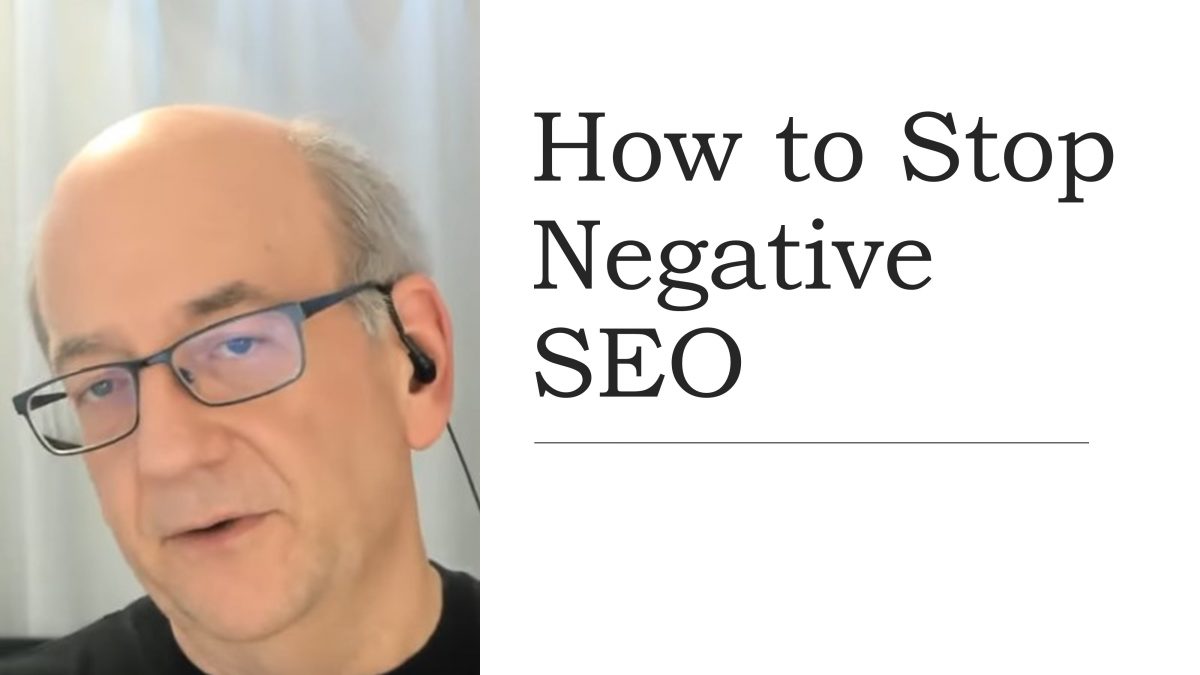
I remember the days when we didn’t have to worry about knowing how to stop negative SEO.
Years ago, Google said that one webmaster (or competitor, in this case) could not adversely affect the rankings of another webmaster.
That was taken to mean that if Webmaster A is a competitor of Webmaster B, and Webmaster B sends a bunch of spammy links to Webmaster A, it wouldn’t have an adverse effect on Webmaster A.
That makes sense, and is very fair, because with the right tools, it’s relatively easy for someone to nefariously create thousands of spammy backlinks and point them to a competitor’s site.
But then, people in the SEO space noticed that Google stopped assuring people of this.
And then, negative SEO was born.
People started nefariously spamming others’ sites with spammy links.
So, naturally, people want to know how they can stop negative SEO.
That was a question that Google’s John Mueller addressed during the 31-minute, 6-second mark of the English Google SEO Office-Hours From November 19, 2021 (queued below)
The question was:
“In general, does disavowing a 301 redirected domain have the same impact as disavowing all the backlinks of the redirected domain?
“We have a 301 redirected domain pointing to our homepage that has 18,000 spammy backlinks.
“Can we just disavow the domain, redirect it to us, or do we need to disavow all the 18,000 backlinks?”
Basically, John’s response (which you can listen to, in full, above) was that it’s good to disavow the domain itself, as well as as many of the 18,000 individual links as well.
So, one way to learn how to stop negative SEO would be to find out if you have spammy backlinks, and then try to disavow as many of them as you can, both on a domain level, and individually.